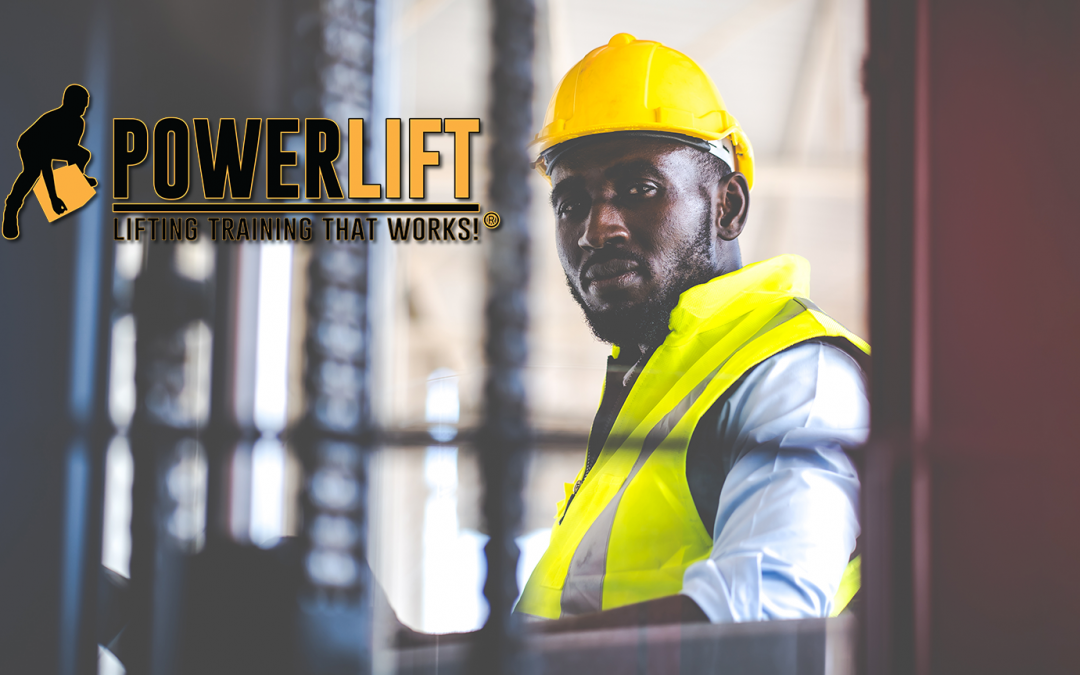Physiology, Meet Physics…
The story of the relationship between the human body and gravity began a long time ago. A very long time ago, in fact. All life on Planet Earth has grown up in the presence of gravity, and to a large extent, in response to it. The pull of gravity is – for our intents and purposes – constant, reliable and all-pervasive. It’s a fundamental force in the Universe as we know it. Not a day goes by that we’re not dealing with it in some way. Gravity has been there since before we’re born, and it will be there when we breathe our last. It’s so much a part of the background of our lives that we take it for granted, or worse, ignore it.
Which is precisely when it comes back to bite us.
The familiar force that keeps us firmly planted on the ground has a dark side. A Star Wars™ aficionado might ask you: What force doesn’t? But the fact of the matter is that we misuse gravity, abuse it, or ignore it; all at our potential peril. When we do take gravity for granted, physics reminds our physiology who’s really in charge. And that reminder can hit us with a vengeance.
We often know these reminders as musculoskeletal injuries.
The marriage of physics and physiology can seem rocky… and expensive.
But it doesn’t have to be.
All it takes is an understanding that the old ways of material handling – the activities that require human physiology to reach, bend, lift, stretch, twist, etc. – aren’t the best at mediating between the bodies we inhabit and the physics of the world we live in. The time-honored squat-lift, for instance, has us stand with our feet shoulder width apart, bending at the knees and lifting with the legs. In theory, that keeps us from performing a ‘back-lift, which puts a lot of stress on the back muscles.
Unfortunately, the structure of a modern day American member of the workforce – typically over 40 and overweight – doesn’t play nice with gravity when using the squat-lift. Quite the contrary. The knees get in the way; and if the human being is obese (a condition shared amongst 42.4% of the US adult population), the issue is compounded by extra girth and extra weight. The result? A back-lift. Which is a sure-fire pathway to a sprain, or strain, or worse.
Thankfully, there is a new, ouch-less way of accomplishing the same tasks.
PowerLIft® Training reintroduces human physiology to the physical mechanics of lifting safety, bending, reaching, stretching, etc. PowerLift® methods use the structure of the human musculoskeletal system in full partnership with physics to accomplish material handling tasks that not only get the job done: they get the job done without the injury. The techniques and methods are easy to pick up because they are natural to human beings.
But PowerLift® methods are only a single layer of the cake. PowerLift® is a complete system. It creates an environment – a culture – of safety across the work floor. The training methods – known as Train-the-Trainer – puts material handling safety squarely in the hands of the employee, where it matters the most. As they take ownership of their own lifting safety, and the lifting safety of their co-workers, injuries are dramatically reduced. In one case study, injuries were reduced by a breathtaking 90%.
It also makes sense to talk about the dollars.
Musculoskeletal injuries come with a whopper of a price tag. Put those injuries in the context of a wokrplace, and the costs skyrocket. Businesses in the US fork out an estimated $1 billion in associated costs per week. That number includes missed days, medical care, productivity losses and workplace turnover. The rest of the numbers are equally disturbing and daunting:
- Musculoskeletal disorders constitute a full one-third of all Workers Compensation costs.
- Medical, legal and workers compensation costs account for a mere one-fifth of the total. The remaining 80% of the cost of musculoskeletal injuries at the workplace are made up of indirect costs such as:
- Employee absenteeism.
- Lowered productivity.
- Lowered morale among employees.
- Hiring and training new employees.
- A musculoskeletal injury means an average of 11 days away from work, compared to 8 days for other kinds of injuries. That’s 38% more lost days.
- In 2019, a single workplace injury cost upwards of $42,000 in medical bills alone.
When you consider that it costs about one-sixth of one injury to train an entire workforce in the utilization of an effective safety training system like PowerLift® Training, it’s virtually a no-brainer. In this case, it literally is an ounce of prevention versus a pound of cure.
We’re here to support the safety, health and well-being of your workforce.
Effective safety training is a crucial step in restarting our businesses in the wake of the global pandemic.
2020 has caused physical deconditioning for many workers, which drives up the risk of injuries on the job. And like you, we are committed to a healthy workforce.



Recent Comments